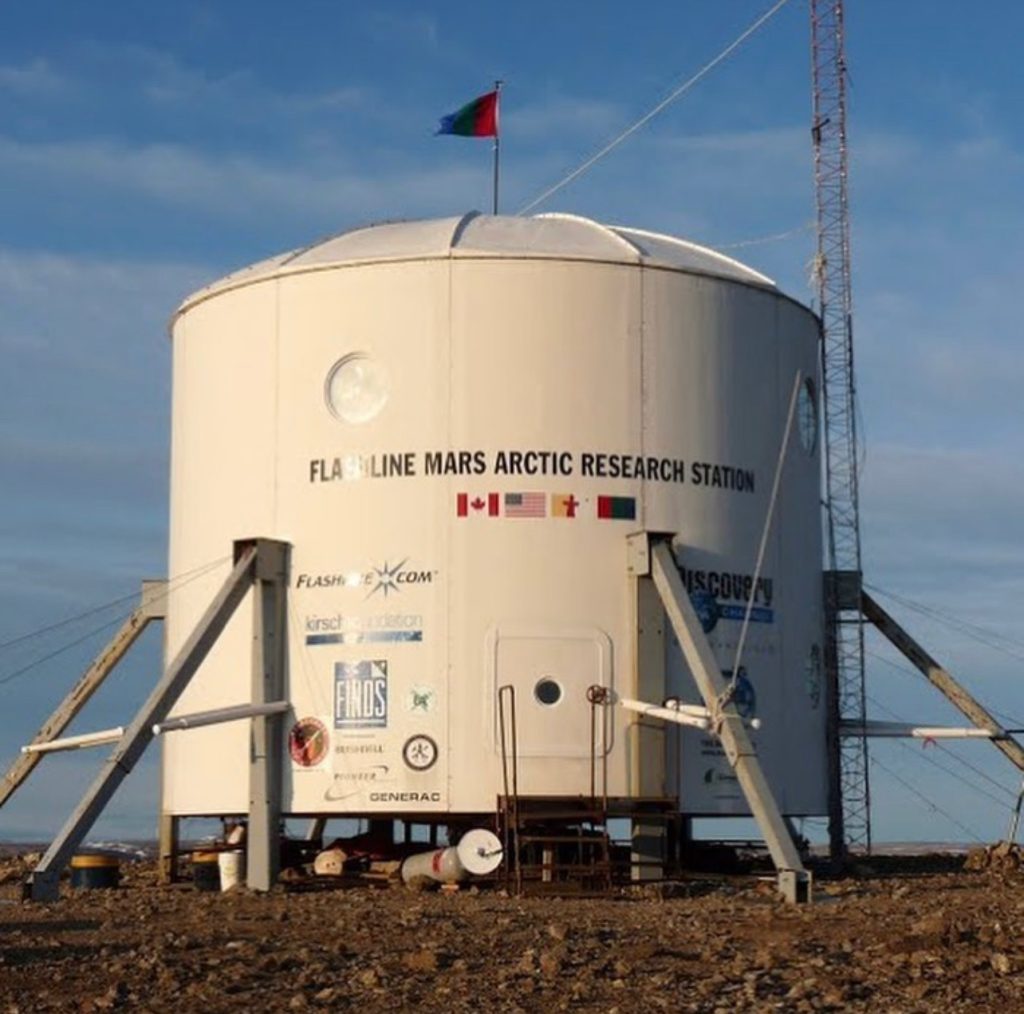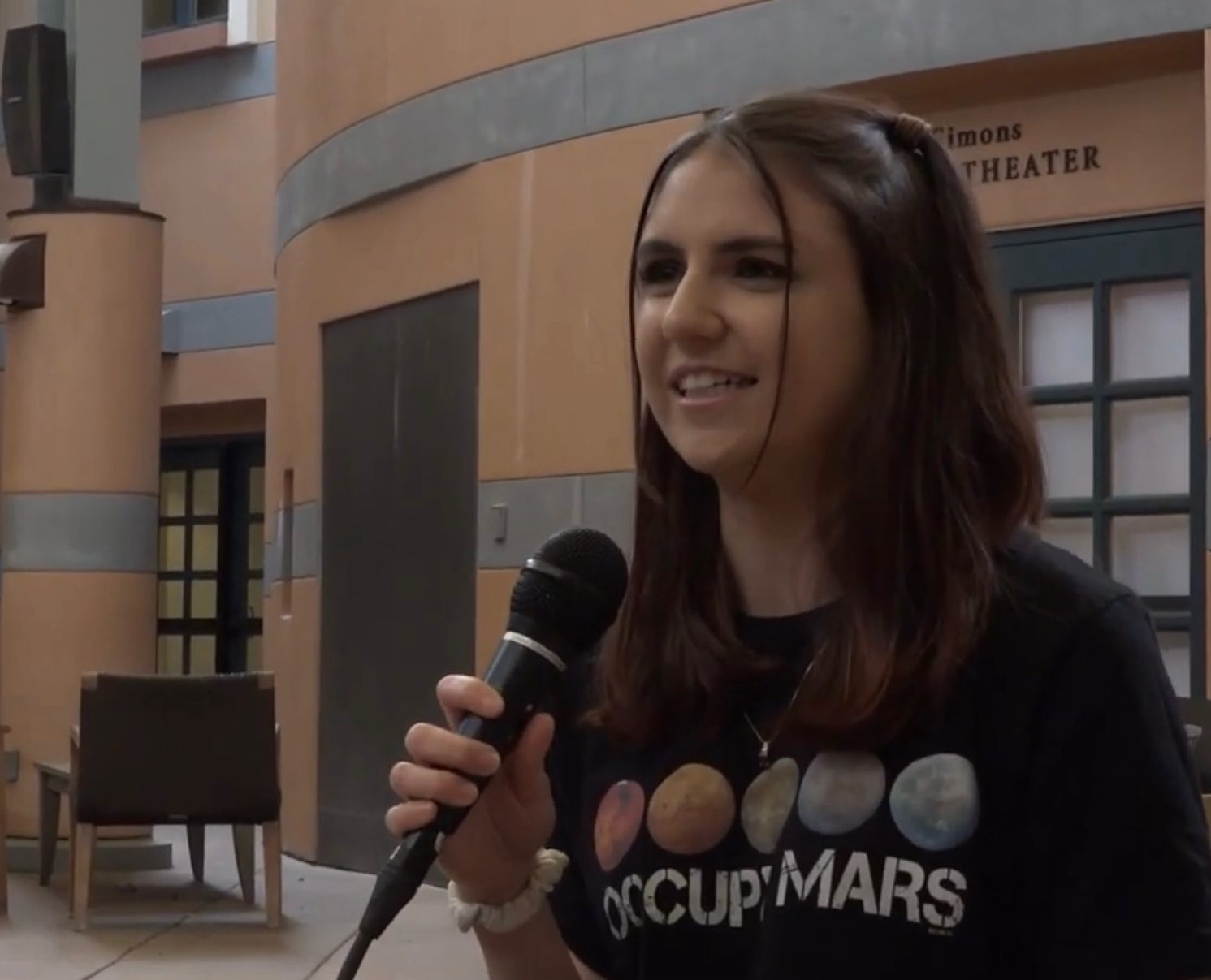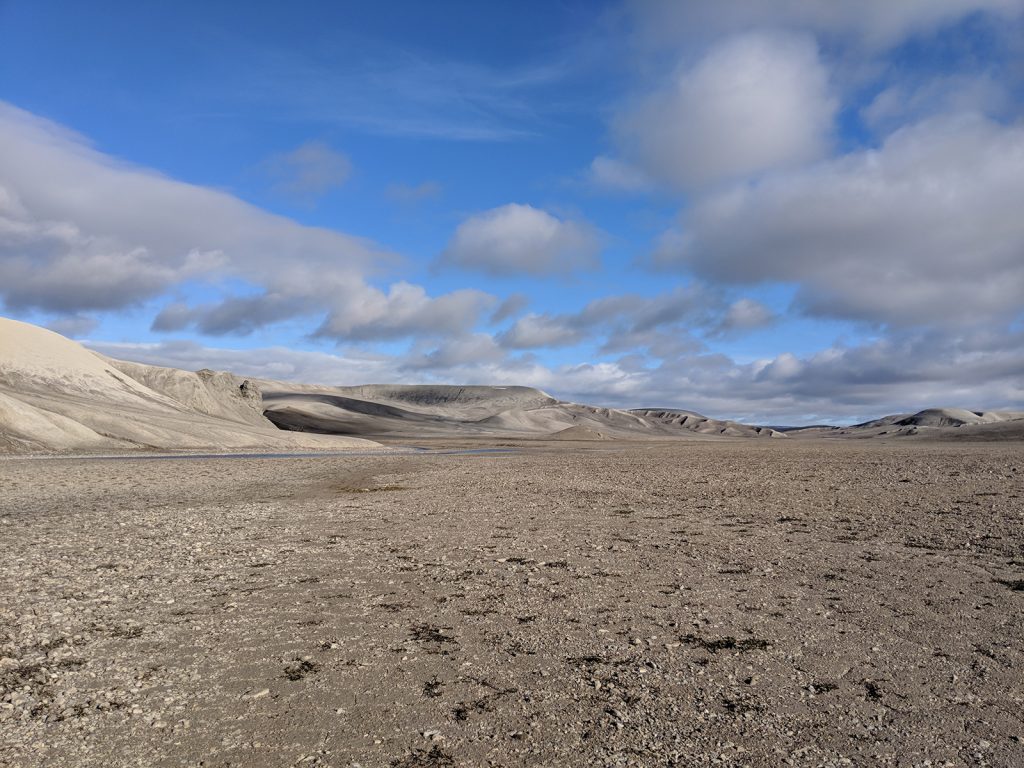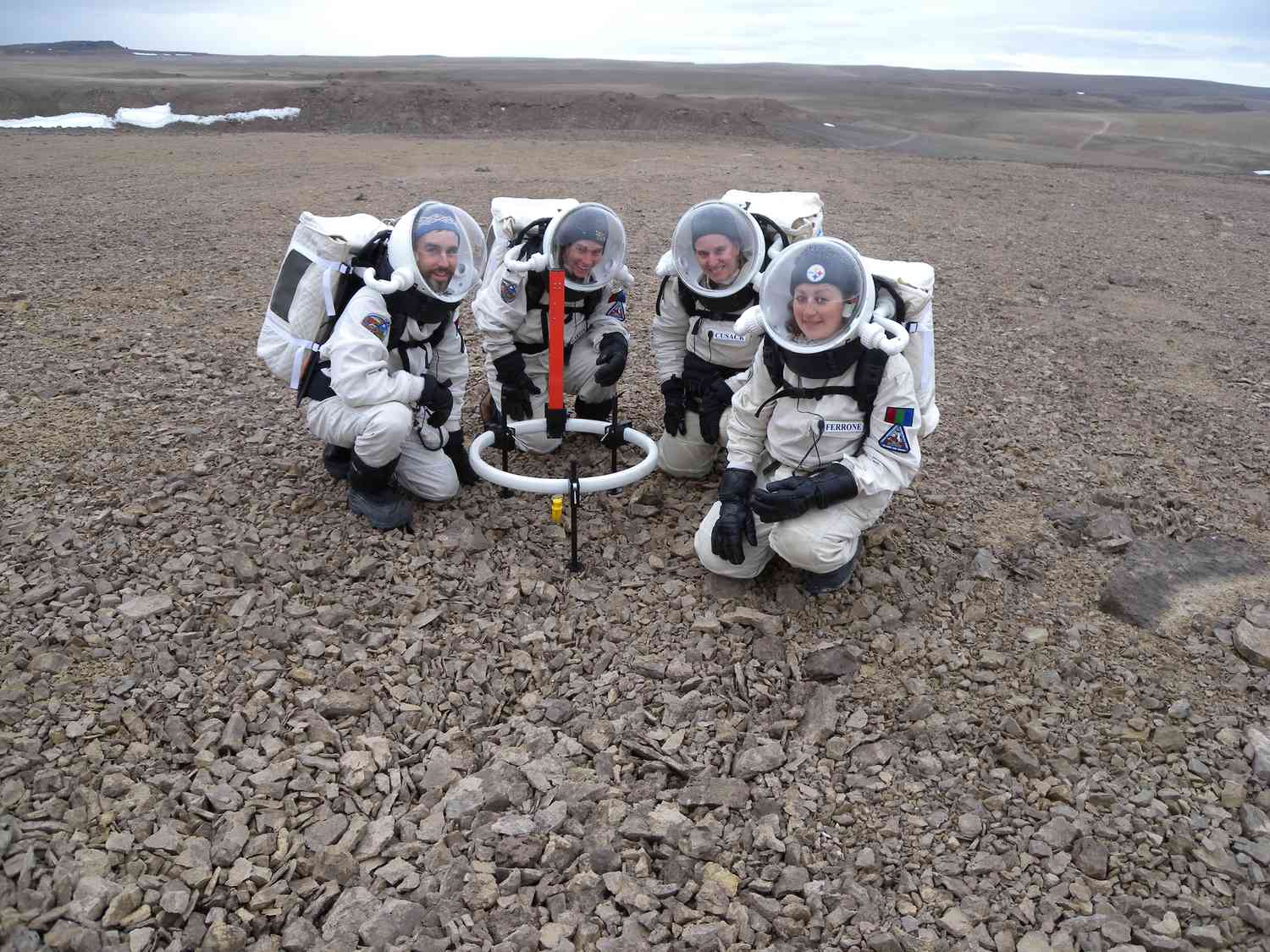ALFA Mars Analog Astronaut team is setting their sights on the high Canadian Arctic to conduct research that will aid in the discovery of martian and extraterrestrial life.
by Rebecca Hurtado Fairweather
ISLA VISTA, Calif. — A growing interest in the discovery of life on Mars sparked an international team of students at UC Santa Barbara to take a giant leap for mankind.
The Agnostic Life Finding Association (ALFA) Mars team is attempting to do analog research focused on physics, geology and astrobiology to investigate forms of life detection on Mars. Research will commence this summer in the Canadian Arctic, on a polar desert called Devon Island.
The international team hopes to come up with new technology to understand how to find Life on Mars. One life detection device the crew is planning on working with is ALF (agnostic life finder), which is attempting to seek forms of life regardless of its origin.

Two future space explorers, Chris Temby and Yael Brynjegard-Bialik are embarking on the planetary pursuit.
“Detecting life elsewhere in the universe would be the biggest scientific discovery of all time,” Brynjegard-Bialik said. “It would have a profound impact on the philosophical perspective that humans have on who we are.” The student researcher said it’s possible that life could be found in microbes and small bacteria.

Scientists and students will be field-testing the device with the hopes of sending it to Mars.
The group will also be pushed through psychological and physiological challenges such as extreme isolation, in order to achieve groundbreaking research and provide a peek into the life of an astronaut.
The destination has a limited precipitation, simulating the terrain of Mars. Within the island sits Cotton Crater, one of the most intact impact craters on Earth, that replicates the many craters on the Red Planet.
The science community has been dedicated to exploring the Red Planet and discovering martian life for six decades. Mars, the fourth planet from the sun, and second-smallest planet of our solar system, has coined the term Red Planet for its unique terrain that consists of oxidized iron minerals, or rust, creating a red landscape.
Exploration practices blossomed from NASA’s completion of its first successful flyby mission, The Mariner 4, in 1965. Since then, the international space community has attempted 129 missions dedicated to the exploration of Mars.

If interested in donating to the group, the GoFundMe donations go directly to funding the research trip.
To watch UCSB TV’s newscast on the ALFA Mars team, click the link below.

